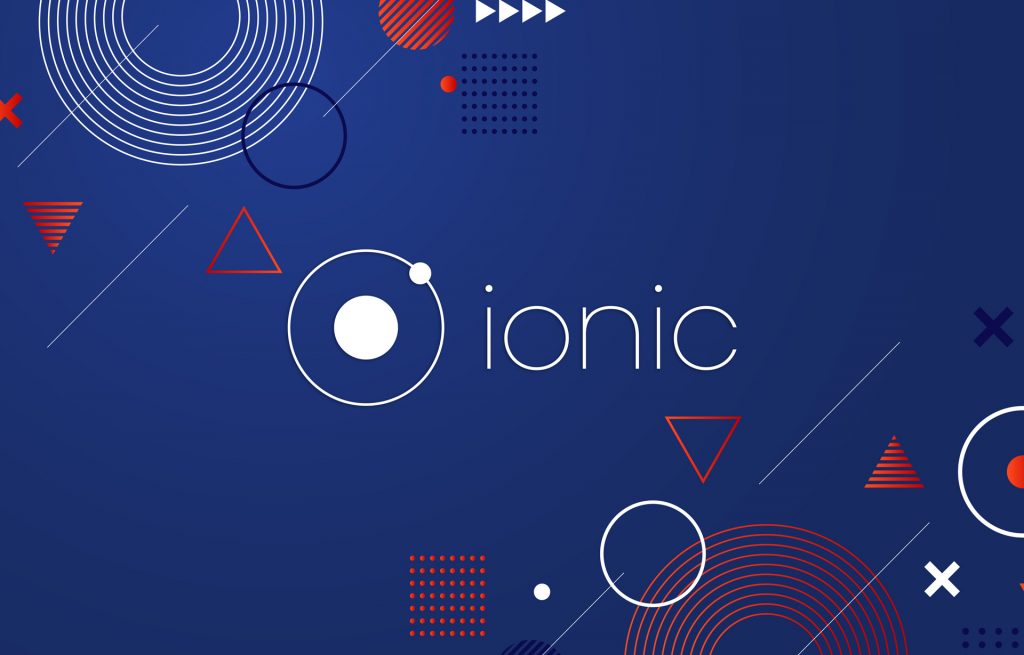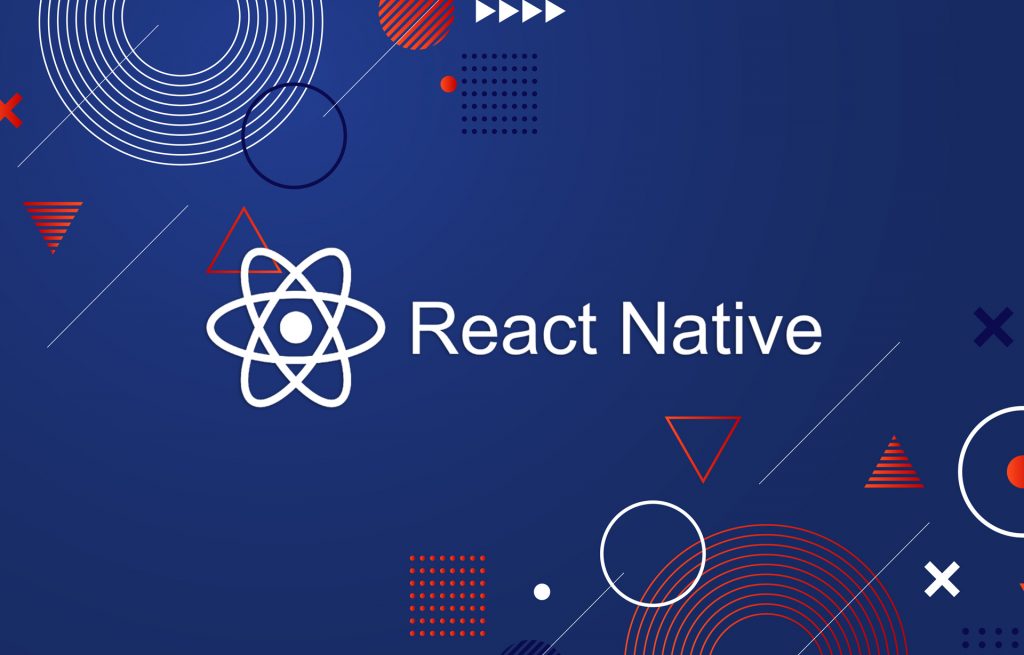Methodologies for software development form workflow structures for teams for they manage to do everything in a deliberate and productive way. This structured process is called software development life cycle (SDLC) and it walks project members through planning, designing, development, testing, release, and maintenance of the product.
Development models, especially incremental ones (Agile and all its frameworks) have several stages of development lifecycle. Breaking application development into stages allows the team to plan everything in details, foresee challenges, make quick changes, and guarantee the flexibility. As the result, the client and the team achieve quality results in the shortest time and for reasonable costs.
6 Main Stages of Development
SDLC structures software delivery in a very methodical way. It is organized in phases, that brings clarity and order to teamwork. To understand better how the idea turns into reality, who is involved in the project, and which roles they have, check the explanation of every phase in the following.
Planning
Having the idea in mind, you need to organize it as accurate as possible. This is why the client and the project manager spend weeks on planning the project. Together they define the requirements of the product, then the project manager discusses the feasibility of required features with the team, determines time estimation and accurate costs.
Before initiation, all business needs must be encountered. The complete and consistent specification and mock-ups, prepared by the development team, comes to help. The customer has the chance to check if everything he/she wants is described in there. Each and every button of your future app is taken into account, colors are chosen, features are defined.
Design
You approved the specification, you have a clear idea of the app, so it is time to start designing. The project manager and the designer work closely with the client to deliver perfect assets. Perfectly, designers prepare a few screens and send them to the client in order to approve them or change.
The major attention is paid to User Experience. Simplicity, intuitive navigation, user-centricity characterize a good UX. It affects the first impression about your app and on the whole convenience of using it. UI/UX design is the first thing that users see, and this is why it is in such high demand today. Design must be done with users in mind, it has to correspond to their vision: that means reading users’ minds, see what they see. Once users like your work, you have high chances to promote your product.
Development
Obviously, on this phase developer is working on the code. Application development is better to be done by Agile Methodology: it is a trend today. Iterative and incremental code delivery helps fast and efficient development, with changes made on the fly. Agile practices imply demo builds delivery after each iteration and close cooperation with the client, in order to identify if he/she is fully satisfied with the results. If anything is wrong it can be changed in the middle of work and draws minimum tweaks in the code and design.
If Agile is too general concept, Scrum and Kanban frameworks bring more specific rules and roles for development management.
Testing
Every demo build is tested by QA team on real devices. Again, it helps to eliminate any major and little bugs when the project is finished.
On the whole, there are many types of testing. The appliance of one or another type depends on its purpose.
- Functional testing (focuses on testing software according to design document, use cases, and specification);
- Non-functional testing (checks the correspondence to such requirements as performance, usability, localization);
- Load testing (checks the behavior of the software under normal and overloaded conditions);
- Regression testing (finds issues that interferes with fixes or implementation of new features);
- Unit testing (tests units of the source code such as statements, branches, functions, methods).
Deployment
When you find your app spotless, it’s time to make it available for users.
Deployment encompasses setting up the environment, installation, configuration, running, and others operations for making new software ready to conquer the market. Release of the product involves different specialists including software developers, system and database administrators, DevOps engineers. Sometimes system administrators use software that automates application deployment. The example of such software is Ansible.
Depending on user feedback, more tweaks and enhancements to the system can be made on this stage.
Maintenance
When the app is ready and functioning, it does not mean you should stop working on it. Sometimes some bugs may come up, and this is okay. This is just the way the whole thing is. The point is that the team must focus on further development, improved functionality, changes, response to client’s feedback. Maintenance is an equally important part of SDLC as everything listed above. Moreover, with the time you will find out which aspects of the app you like/don’t like. And the team can work everything out.
On every stage, close cooperation with the client remains a formula for success, especially while working in accordance with Agile principles. The structured approach allows to clearly distribute responsibilities, define roles, estimate time, prevent bottlenecks. Agile environment makes the team and the client flexible, open to changes, able to establish better communication, and have better understanding. Software development life cycle makes everything clear and transparent, gets the work done following the perfect plan.





